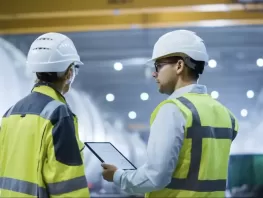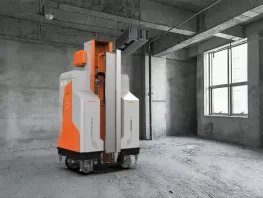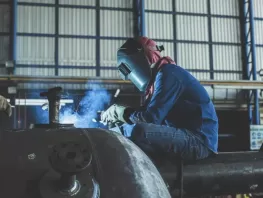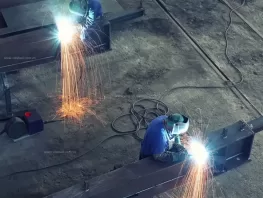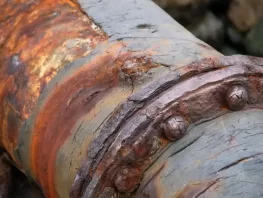
Abrasive Blasting for Delicate Surfaces: How We Protect Sensitive Materials
Posted Nov 05, 2024 by Dave Scaturro

Abrasive blasting is a powerful and efficient technique for surface preparation and restoration, commonly used to remove rust, paint, and other surface contaminants. However, using abrasive blasting on delicate or sensitive materials presents unique challenges. Over the course of this blog, we’ll cover these challenges as well as Alpine Painting and Sandblasting’s specialized methods and techniques to protect these sensitive materials during abrasive blasting.
The Challenges of Abrasive Blasting on Delicate Surfaces
As stated above, delicate surfaces demand a different approach when it comes to abrasive blasting. High-pressure blasting or harsh media can chip, erode, or discolor materials that are softer or aged. For example, historic stonework or wood can lose its integrity, while metals like copper and brass may suffer permanent damage if exposed to overly aggressive blasting techniques. Such surfaces need low-impact, precise methods that clean effectively while preserving the original appearance and texture.
Techniques for Protecting Sensitive Materials During Abrasive Blasting
1. Selecting the Right Blasting Medium
The choice of blasting medium plays a crucial role in safeguarding delicate surfaces. Instead of harsh abrasives, we use softer media like walnut shells, corn cobs, or soda. These materials are effective at removing dirt and debris without causing damage. Walnut shells, for instance, are an organic option that gently removes contaminants without scratching or etching softer materials, making them ideal for historic restorations and fine-detail work.
2. Adjusting Blasting Pressure
Reducing the pressure used in abrasive blasting can also make a substantial difference when working with delicate materials. By carefully adjusting the pressure, we can achieve a controlled, less abrasive process that minimizes impact. Lower pressure allows for effective cleaning without compromising the structural integrity or aesthetics of the material. This is particularly beneficial for surfaces like decorative woodwork or aged masonry that may be weakened by time and exposure.
3. Using Wet Blasting for Dust Control and Gentler Cleaning
Wet blasting, also known as slurry blasting, is another technique that provides additional protection for sensitive materials. By combining water with the abrasive medium, we create a gentler impact that reduces dust and minimizes heat buildup on the surface. This technique is especially useful for soft metals and masonry, as it limits potential microfractures and discoloration. Wet blasting is ideal for projects where maintaining the original appearance of the material is essential.
4. Employing Precision Techniques
Precision blasting techniques allow us to target specific areas and avoid unnecessary contact with fragile parts of the surface. By controlling the direction and focus of the blast, our technicians can remove contaminants from intricate details while preserving fine craftsmanship. This approach is essential for projects involving ornate stonework, sculptures, or wood with intricate designs.
Why Choose Professional Contractors for Delicate Blasting Projects
DIY or inexperienced abrasive blasting on sensitive surfaces can lead to costly repairs, discoloration, or irreversible damage. At Alpine, our technicians are highly trained in specialized techniques and have worked on numerous projects that required careful abrasive blasting for delicate materials, such as historic stone structures and intricate wood restorations.
In each case, we applied tailored methods to achieve thorough cleaning without compromising the surface’s integrity or original design. Check them out here and you’ll see how using the right techniques, equipment, and expertise is essential for abrasive blasting on delicate surfaces, and for a consultation on how we can assist with your delicate blasting needs, contact our team today.
